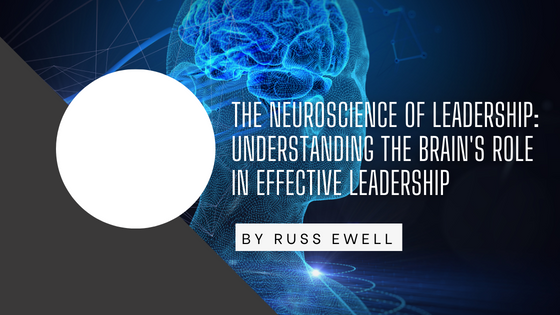Effective leadership is not just about charisma and authority; it’s also deeply rooted in the intricate workings of the human brain. As we delve into neuroscience, we uncover fascinating insights into the brain’s role in shaping successful leadership strategies. Let’s explore the neuroscience of leadership and understand how the brain influences leadership behaviors and decisions.
Emotional Intelligence (EQ) and Social Awareness: At the core of effective leadership lies emotional intelligence, which entails identifying and handling both our own emotions and those of others. The brain’s limbic system, particularly the amygdala and prefrontal cortex, plays a crucial role in processing emotions and social cues. Leaders with high emotional intelligence can navigate complex social interactions, build rapport with team members, and foster a positive work environment conducive to collaboration and innovation.
Decision-Making and Risk Assessment: Leadership often entails making tough decisions and assessing risks. The brain’s executive control network, located in the prefrontal cortex, the executive control center is accountable for higher-level cognitive functions like decision-making, problem-solving, and goal-setting. Influential leaders leverage their prefrontal cortex to weigh options, anticipate outcomes, and make well-informed decisions that align with organizational goals and values.
Empathy and Perspective-Taking: Empathy, characterized by the ability to comprehend and resonate with the emotions of others, stands as a cornerstone of impactful leadership. The brain’s mirror neuron system, which activates when we observe someone else’s actions or feelings, plays a crucial role in empathy and perspective-taking. Leaders who activate their mirror neuron system can better connect with their team members, demonstrate compassion, and tailor their leadership approach to meet individual needs.
Adaptability and Resilience: In today’s fast-paced and unpredictable business world, adaptability and resilience are essential qualities for leaders. The brain’s neuroplasticity, or its ability to reorganize and adapt in response to new experiences, underpins our capacity for learning and growth. Influential leaders embrace change, cultivate a growth mindset, and continuously adjust their leadership style to navigate challenges and seize opportunities.
Trust and Collaboration: Trust is the foundation of strong leadership and team dynamics. The brain’s oxytocin system, often called the “trust hormone,” promotes social bonding, empathy, and cooperation. Leaders who share a culture of trust and psychological safety activate the brain’s oxytocin system, encouraging open communication, risk-taking, and collaboration among team members.
Vision and Goal Setting: A compelling vision inspires and drives others towards a shared objective. The brain’s reward system, particularly the dopamine pathway, is activated when we anticipate rewards or pursue meaningful goals. Influential leaders articulate a clear vision, set challenging yet attainable goals, and provide intrinsic rewards that stimulate the brain’s reward circuitry, fostering a sense of purpose and achievement.
In conclusion, the neuroscience of leadership offers valuable insights into the brain mechanisms underlying effective leadership behaviors and decisions. By understanding how the brain processes emotions, makes decisions, builds relationships, and adapts to change, leaders can enhance their leadership effectiveness, drive organizational success, and positively impact their teams and stakeholders. Embracing neuroscience principles can empower leaders to lead with greater empathy, resilience, and innovation in an ever-evolving world.
